Gallery
Photos from events, contest for the best costume, videos from master classes.
 |  |
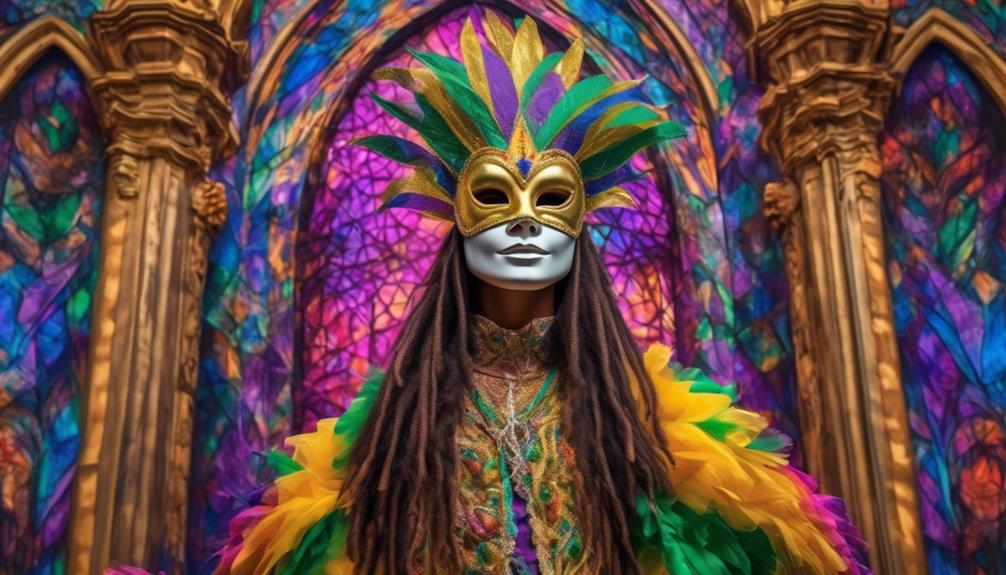 | 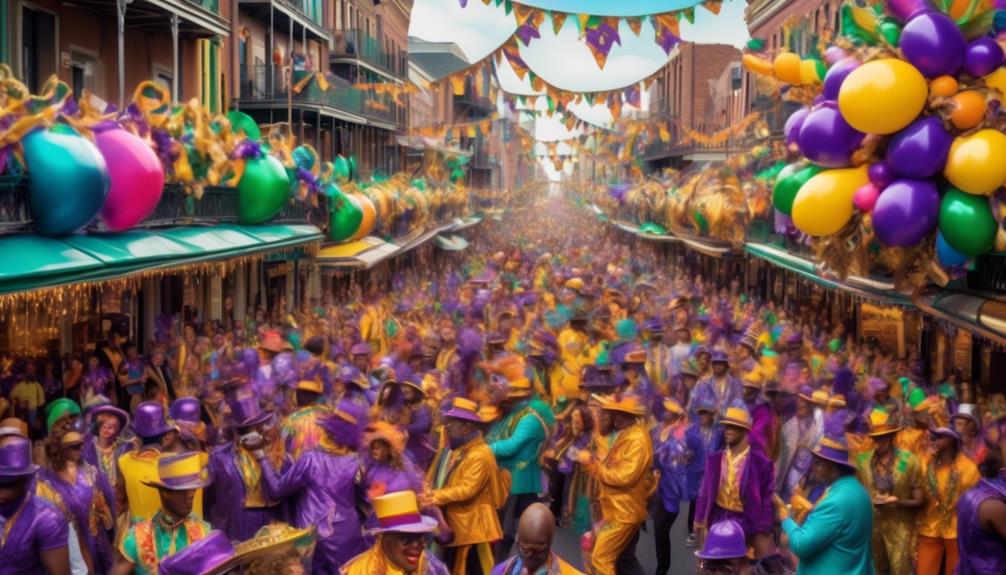 |
 | |
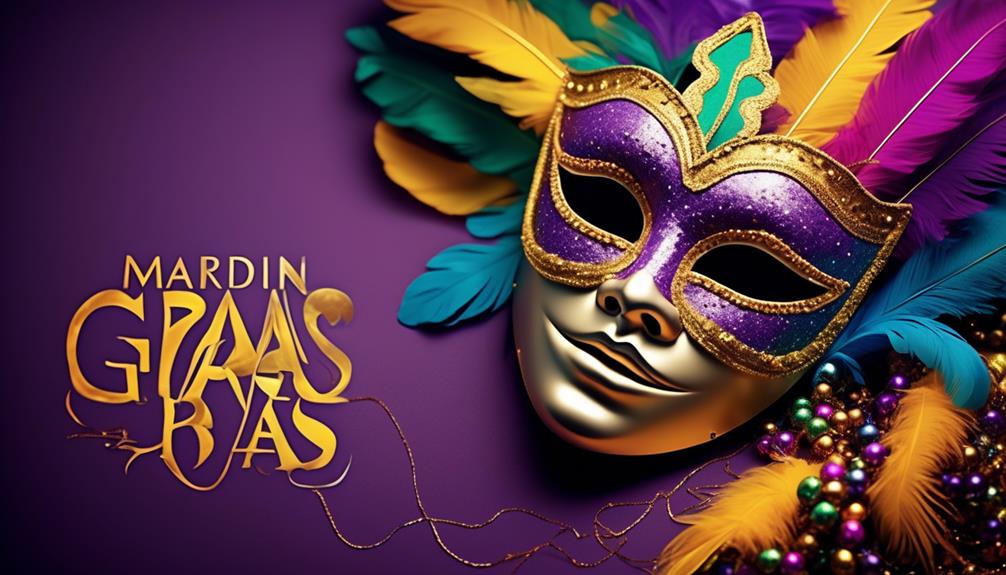 |  |
 |  |
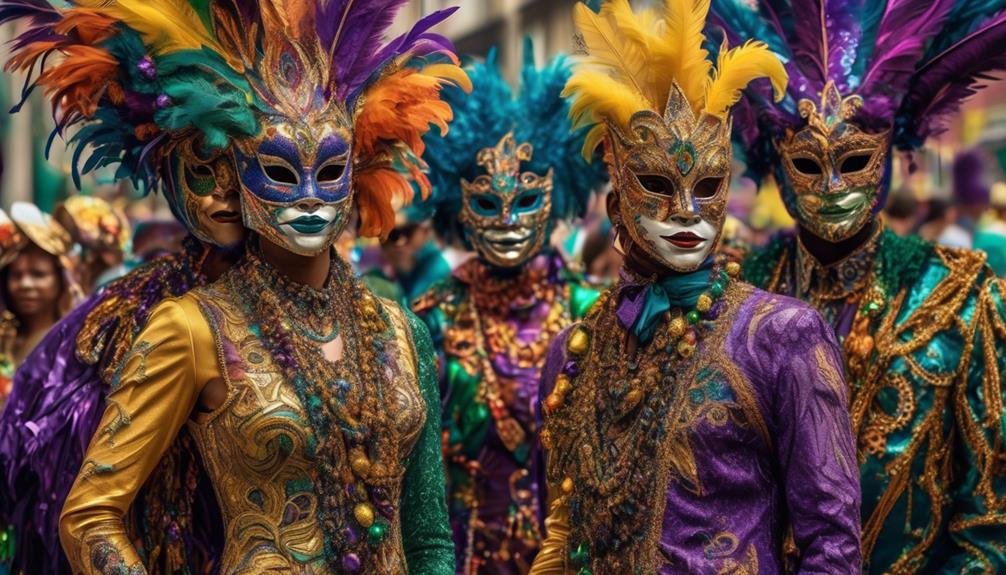 | 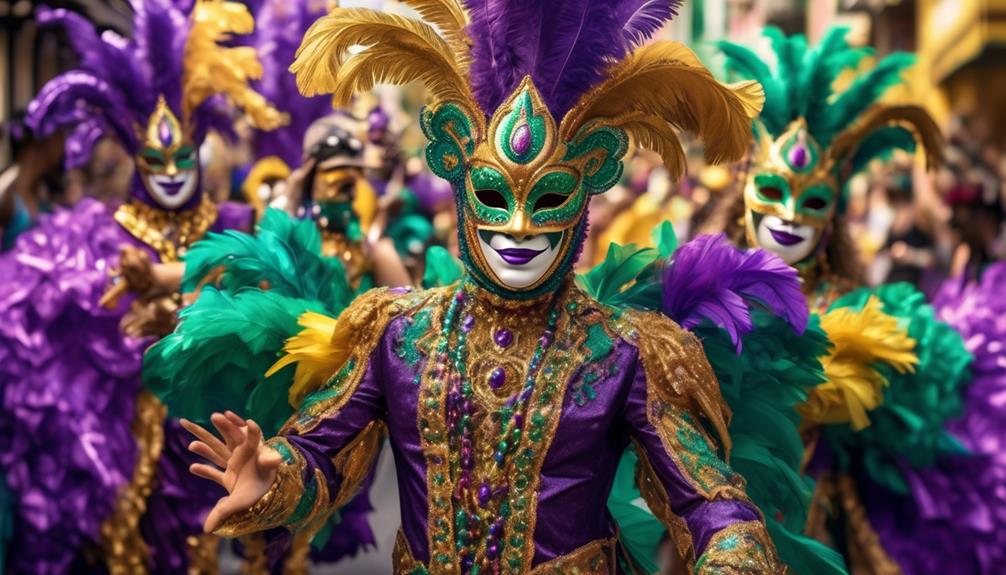 |
The typical colors of Mardi Gras beads, also called “throws,” were established in 1872. The traditional colors of the beads are purple, green, and gold, which represent justice, faith, and Mardi Gras beads meaning. One of the most common parade throws are Mardi Gras beads. A krewe called the Rex Organization introduced these beaded necklaces in 1921. When they were first introduced, the beads were made of glass and hand knotted on necklaces. Though they began as glass, most of the Mardi Gras beads you see thrown today are made of While seemingly simple, beads capture the collective effervescence that makes Mardi Gras magical. Their significance has evolved over generations and will continue being passed down for years to come. Conclusion. Mardi Gras beads are more than just plastic trinkets. Their colors hold symbolic meaning tied to the history and traditions of Carnival. The meaning behind Mardi Gras beads is steeped in symbolism. The colors of the beads have significance, with gold representing power, green representing faith, and purple representing justice. These colors were chosen because they were the colors of the flag of the Russian Grand Duke Alexis Alexandrovich Romanoff, who visited New Orleans in 1872. Float riders toss beads, cups and doubloons to fans and revelers in the 2013 Krewe of Bacchus Mardi Gras Parade on Feb. 10, 2013, in New Orleans Skip Bolen—Getty Images Beads and Throws The beads and other throws are not just random trinkets, but they actually hold a more profound meaning related to the festive spirit of Mardi Gras. Moreover, the tradition of throwing and catching beads is also about having fun, connecting with others, and collecting as many tokens of the festivities as possible to remember the experience. The throwing of trinkets to the crowds was started in the early 1870s by the Twelfth Night Revelers, and is a time-honored expectation for young and old alike. Read more. Koerner writes that the first to toss beads was a man dressed as Santa Claus. The beads were an instant hit and were soon adopted by all krewes to throw in their parades. According to John Roach's article, "The Rich History of Mardi Gras's Cheap Trinkets," early glass beads were imported from Czechoslovakia or Japan. In the '70s and '80s aluminum and plastic beads became ubiquitous at Mardi Gras parades. Logically we can assume it's because they're cheaper, easier to mass produce and less likely to injure Mardi Gras comes to a close on Tuesday night, and soon, those who celebrate will exclaim “Laissez les bons temps rouler,” or “Let the good times roll” for the last time this Carnival season. Mardi Gras is a Christian holiday and popular cultural phenomenon that dates back thousands of years to pagan spring and fertility rites. Other lasting customs include throwing beads and other In this article, we’ll delve into the meaning behind the colors of Mardi Gras beads, exploring their origins, symbolism, and significance in modern-day celebrations. The History of Mardi Gras Beads. Mardi Gras beads have their roots in the medieval European tradition of throwing flowers and other decorations during Carnival celebrations. There’s plenty to know about Mardi Gras, but we’ll be focusing on one specific aspect of the celebration for this post the iconic Mardi Gras beads. In this blog, we’ll explore the rich history of Mardi Gras beads and reveal how their meaning has evolved and changed over time. Before we get there, though, let’s take a quick look at The New Orleans version of Mardi Gras is renowned for its parades, floats, masks, beads, and elaborate costumes, and it draws millions of visitors from around the world each year. The Rise of Krewes One of the defining features of Mardi Gras in New Orleans is the krewes , or social organizations, that are responsible for organizing the parades Mardi Gras Translation and Definition. Mardi Gras is defined as Shrove Tuesday or the last day before Lent and "is a day of merrymaking and carnival." Since Lent includes 40 days of fasting for some, this is one last chance to enjoy excess before going without. Mardi Gras Krewes are social organizations or groups that put on parades, balls, and other events during the Carnival season leading up to Mardi Gras. Krewes are a significant part of Mardi Gras celebrations, organizing and participating in various festivities, including elaborate parades featuring floats, costumes, and throws (items tossed to Mardi Gras masks are more than just festive accessories—they carry a rich history and cultural significance. Every detail, Mardi Gras color and design tells a story, and the artists who craft Discover the rich symbolism of Mardi Gras in this engaging article that goes beyond the festive parades and lively music. Explore how Mardi Gras embodies cultural heritage, community spirit, and themes of renewal and joy. From its origins in ancient pagan celebrations to modern-day traditions in New Orleans and beyond, learn about the significance of masks, beads, and King Cake. Celebrate life The famous tradition of throwing beads at Mardi Gras has a long and mysterious history that dates back centuries. The first Mardi Gras was held by French settlers on March 3, 1699, in Mobile Beads Beyond Mardi Gras: Year-Round Meaning. Although Mardi Gras is the most prominent time to flaunt bead necklaces, their significance extends beyond the festive season. In New Orleans, bead necklaces are also associated with other events and occasions such as Saints football games, music festivals, and various parades throughout the year.
Articles and news, personal stories, interviews with experts.
Photos from events, contest for the best costume, videos from master classes.
 |  |
 |  |
 | |
 |  |
 |  |
 |  |